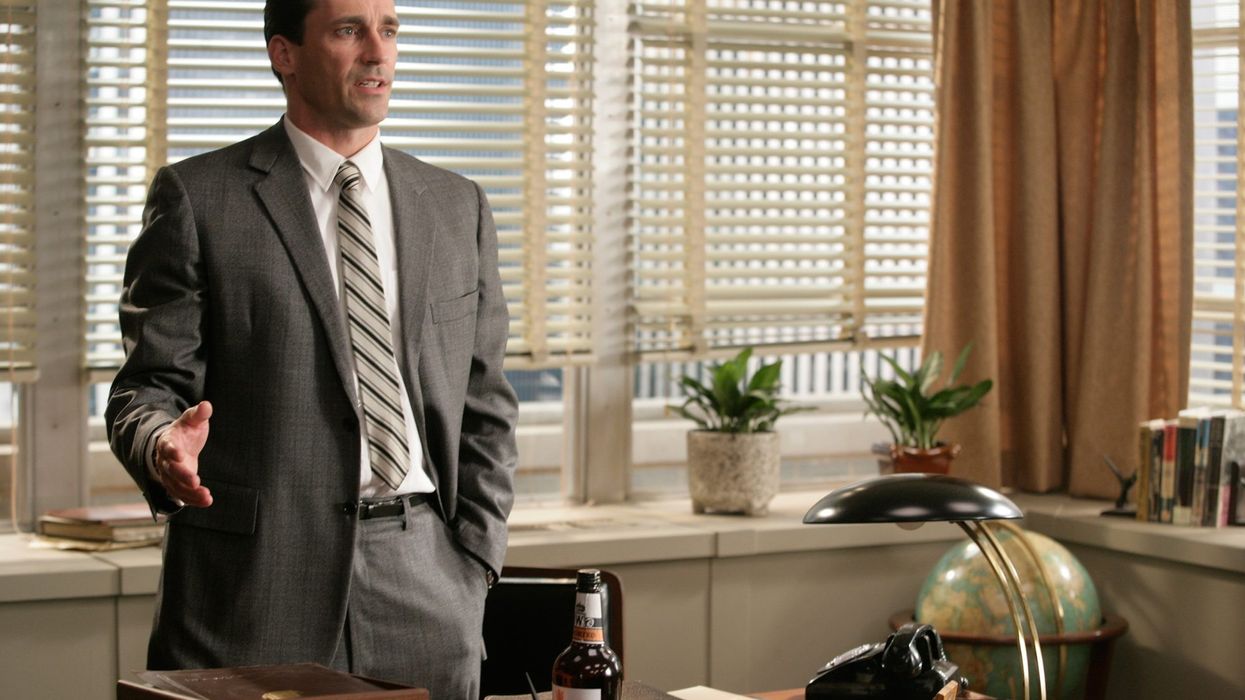Up Your Green Screen Game On-Set & in Post with These Lesser-Known Tips
It's pretty common knowledge that uneven lighting, wrinkles, and motion blur can ruin footage shot on green screens, but outside of the basics, what else should you look out for? Luckily, our buddies over at Film Riot have a bunch of less ubiquitous tips that'll keep your shots looking sharp instead of like a hot green mess.

If you're at all familiar with green screening, you probably know that lighting is key (pun intended, kind of). Evenly lighting the screen is essential for optimal results, but what types of lights should you use? Connolly says he uses cooler lights on the backdrop and warmer lights on his subject. (If you want a cheap DIY solution for a 3-point lighting setup, our favorite practical effects master, Joey Shanks, has got you covered.)
If you don't like working with screens for whatever reason, get yourself some green screen paint. Prices range from $50 to over $100 for a gallon or less, but here's a DIY solution that'll save you a ton of money: grab $20, go to a hardware store, and buy a gallon of matte paint (something that is least reflective) that closely resembles (or is) chroma key green -- that's what I call it. In the video below, uploaded by MediaFi Productions, it's called "Sparkling Apple."
Film Riot also shared this video several years ago containing 10 green screen tips, some of which aren't mentioned above, that are really, really helpful, like how to clean up any spill by adding a hue and saturation to your clip, selecting the green color, and bringing down the saturation in post.
Got any green screen tips that weren't mentioned in the videos above? What simple and inexpensive techniques and tools work like a charm and which should we avoid? Share your expertise in the comments below.
Source: Film Riot











